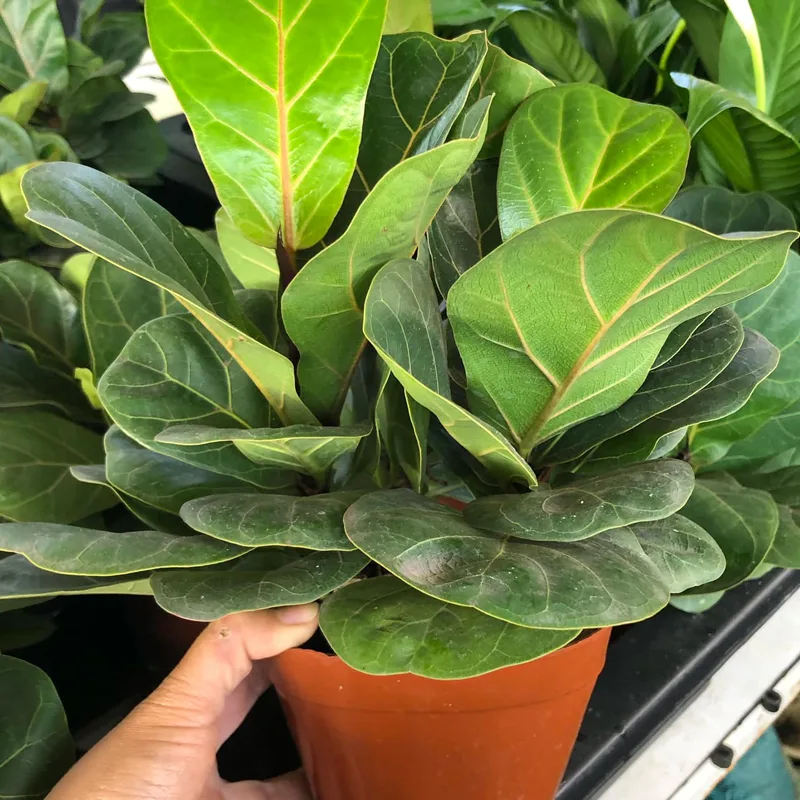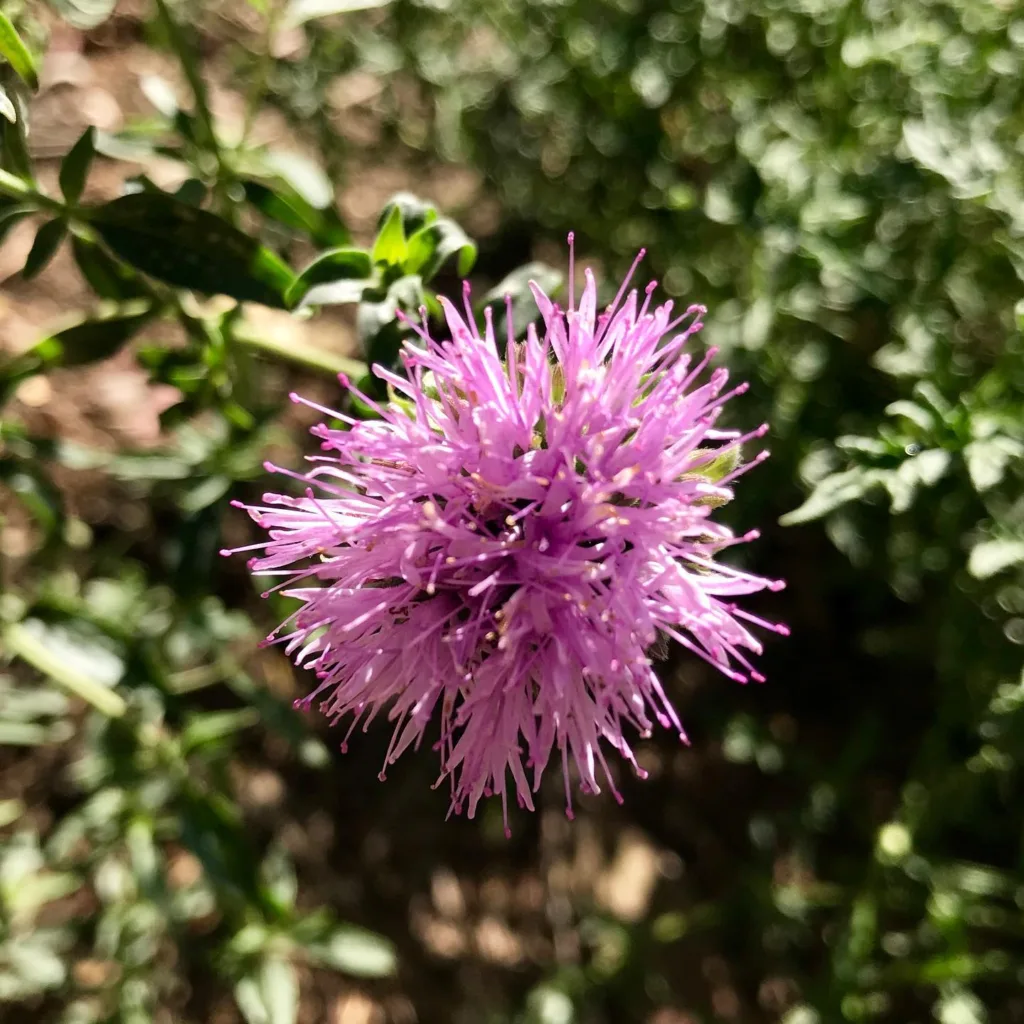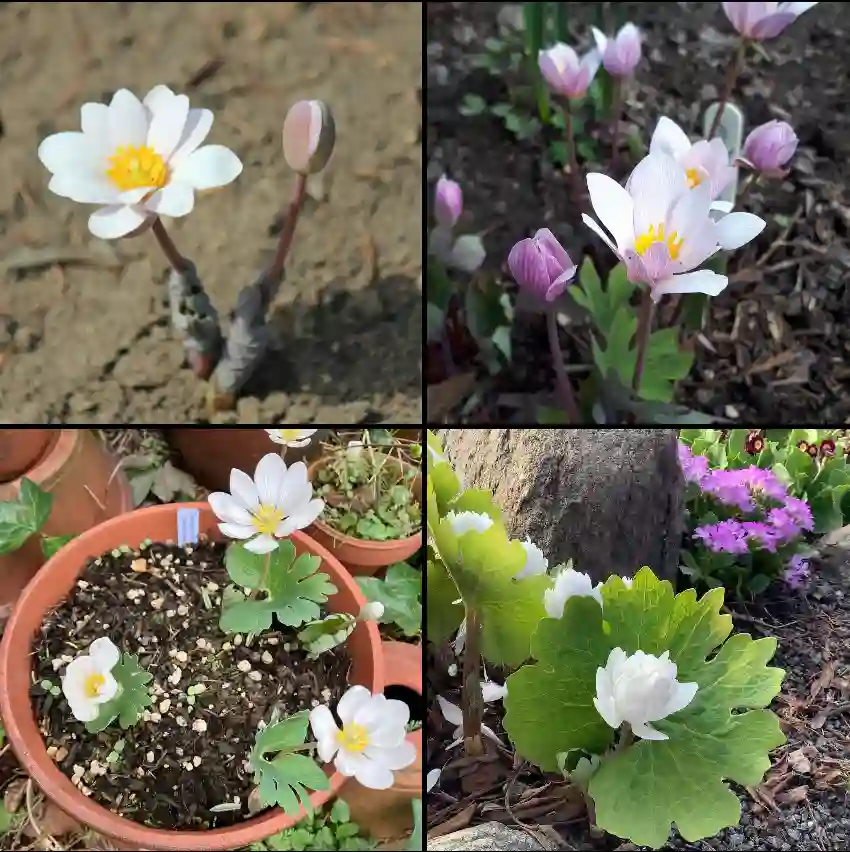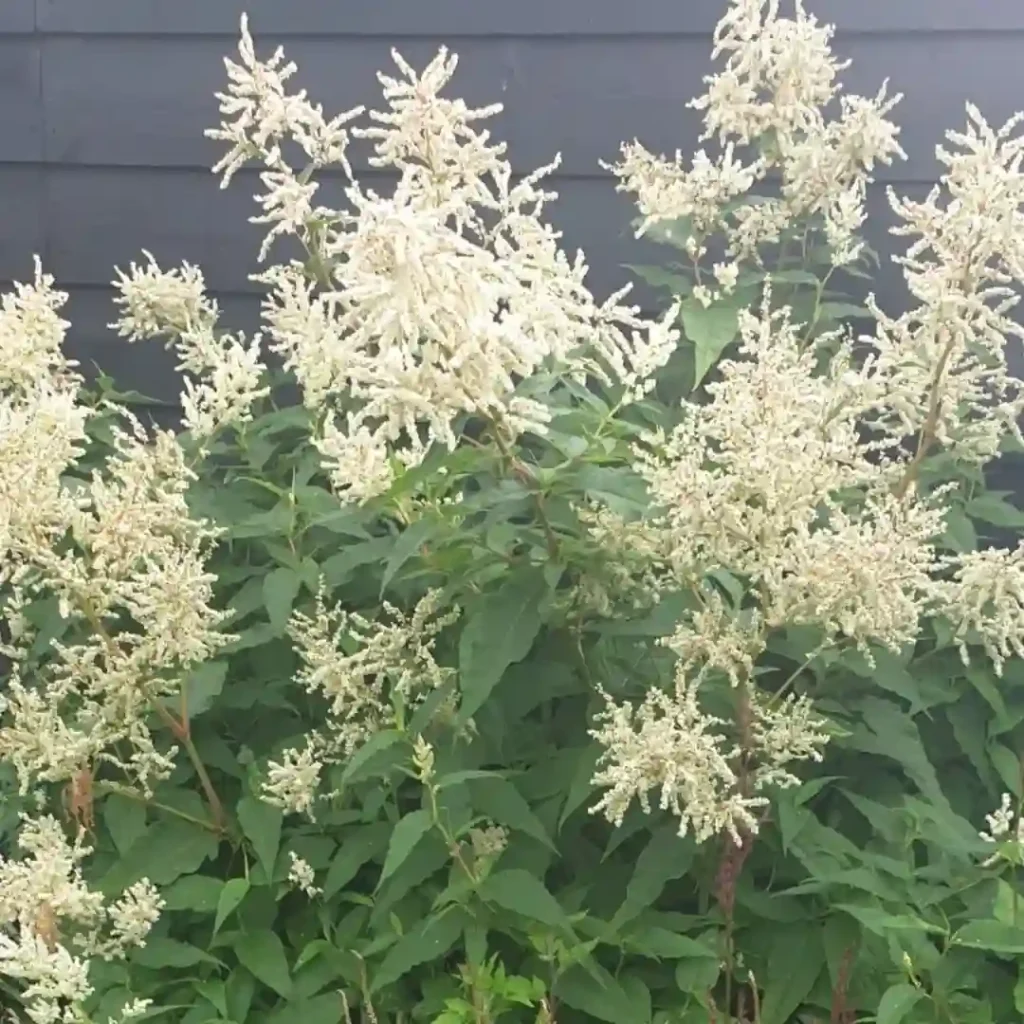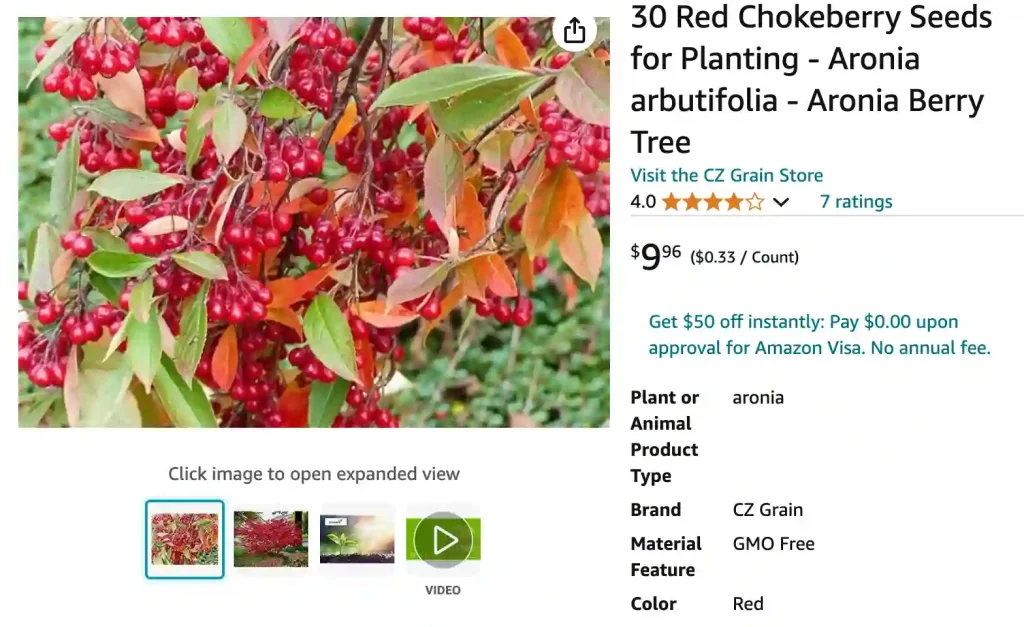
Aronia Arbutifolia FAQs: Everything You Need to Know
Aronia Arbutifolia, commonly known as Red Chokeberry, is a fascinating plant that’s caught my attention over the years. It’s a hardy shrub with plenty of uses and benefits, but I’ve come across several questions people often ask about it. Let’s dive into these FAQs to shed some light on this unique plant.
3 Species in Genus Aronia
How to Pronounce Aronia Arbutifolia?
First things first, let’s get the pronunciation right. Aronia Arbutifolia is pronounced as “uh-ROH-nee-uh ar-bu-ti-FOH-lee-uh.” It’s not as complicated as it looks, and once you get the hang of it, saying it will become second nature.
Do Deer Eat Aronia Arbutifolia?
One of the common questions I hear is whether deer are a threat to Aronia Arbutifolia. From my experience and what I’ve gathered, deer generally avoid Aronia Arbutifolia. The plant’s tough leaves and slightly bitter berries are not particularly appealing to deer, which makes it a good choice for gardens in deer-prone areas.
How to Prune Aronia Arbutifolia?
Pruning Aronia Arbutifolia is essential to keep it healthy and looking its best. Here’s a simple guide based on my experiences:
- Timing: The best time to prune is late winter or early spring before new growth begins. This helps avoid damaging new shoots and ensures a better shape for the upcoming season.
- Tools: Use clean, sharp pruning shears or loppers to make clean cuts. Avoid using dull tools as they can damage the plant.
- Method: Start by removing any dead or diseased branches. Then, thin out any crowded areas to improve air circulation. Lastly, shape the shrub by cutting back excessive growth to maintain its natural form.
- Shape: Aim for a balanced shape that allows the plant to grow evenly. Avoid heavy pruning, as it can reduce the plant’s flowering and fruiting.
How to Care for Aronia Arbutifolia?
Caring for Aronia Arbutifolia is relatively straightforward. Here are some tips that I’ve found helpful:
- Sunlight: This plant thrives in full sun to partial shade. It’s quite adaptable but performs best with at least 6 hours of direct sunlight.
- Soil: It prefers well-drained soil. While it can tolerate a range of soil types, adding organic matter can help improve its growth.
- Watering: Regular watering is essential, especially during dry spells. However, avoid overwatering as it can lead to root rot.
- Fertilizing: A balanced, slow-release fertilizer applied in early spring can boost growth and flowering. Avoid over-fertilizing as it can cause excessive foliage growth at the expense of flowers and berries.
How to Propagate Aronia Arbutifolia?
Propagating Aronia Arbutifolia is an interesting process. You can propagate it through both seeds and cuttings:
- Seeds: Stratify the seeds by placing them in a cold, moist environment for a few months before planting. This process helps simulate winter conditions and improves germination rates.
- Cuttings: Take semi-hardwood cuttings in late summer. Dip the cuttings in rooting hormone and plant them in a moist, well-draining medium. Keep the cuttings in a humid environment until they root.
What to Plant With Aronia Arbutifolia?
Aronia Arbutifolia pairs well with a variety of plants. In my garden, I’ve had success planting it alongside ornamental grasses, such as Miscanthus, and flowering shrubs like Hydrangeas. These combinations provide a pleasing visual contrast and enhance the overall garden design.
Can You Grow Aronia Arbutifolia Indoors?
Growing Aronia Arbutifolia indoors is a bit challenging due to its size and light requirements. It’s generally better suited for outdoor gardens. However, if you’re determined to grow it indoors, you’ll need a large container, ample light, and space to accommodate its size.
Is Aronia Arbutifolia Toxic?
Aronia Arbutifolia is not toxic to humans or pets. The berries are actually edible and packed with antioxidants, although they can be quite tart. They’re often used in jams, jellies, and even wines.
Benefits of Aronia Arbutifolia
Aronia Arbutifolia offers several benefits:
- Health Benefits: The berries are rich in antioxidants, vitamins, and fiber, making them a nutritious addition to your diet.
- Ornamental Value: The plant’s white spring blooms, vibrant red autumn foliage, and bright berries provide year-round interest in the garden.
- Wildlife Friendly: Its berries attract birds, which can help with natural pest control in your garden.
Common Problems with Aronia Arbutifolia
While Aronia Arbutifolia is generally low-maintenance, it’s not completely free from problems. Here are a few issues I’ve encountered:
- Pests: Watch out for aphids and spider mites, which can occasionally infest the plant. Regular inspection and treatment can help keep these pests at bay.
- Disease: Fungal diseases such as powdery mildew can affect the plant. Ensure good air circulation and avoid overhead watering to reduce the risk.
Compare with Other Plants
When comparing Aronia Arbutifolia with other similar plants, such as Viburnum or Berberis, I find that Aronia stands out due to its superior autumn color and hardy nature. Unlike Viburnum, which can be more susceptible to pests, Aronia is relatively pest-resistant and offers a unique berry flavor.
In conclusion, Aronia Arbutifolia is a versatile and resilient plant that can enhance any garden with its ornamental beauty and health benefits. With proper care and attention, it can be a standout feature in your outdoor space.
If i die, water my plants!
